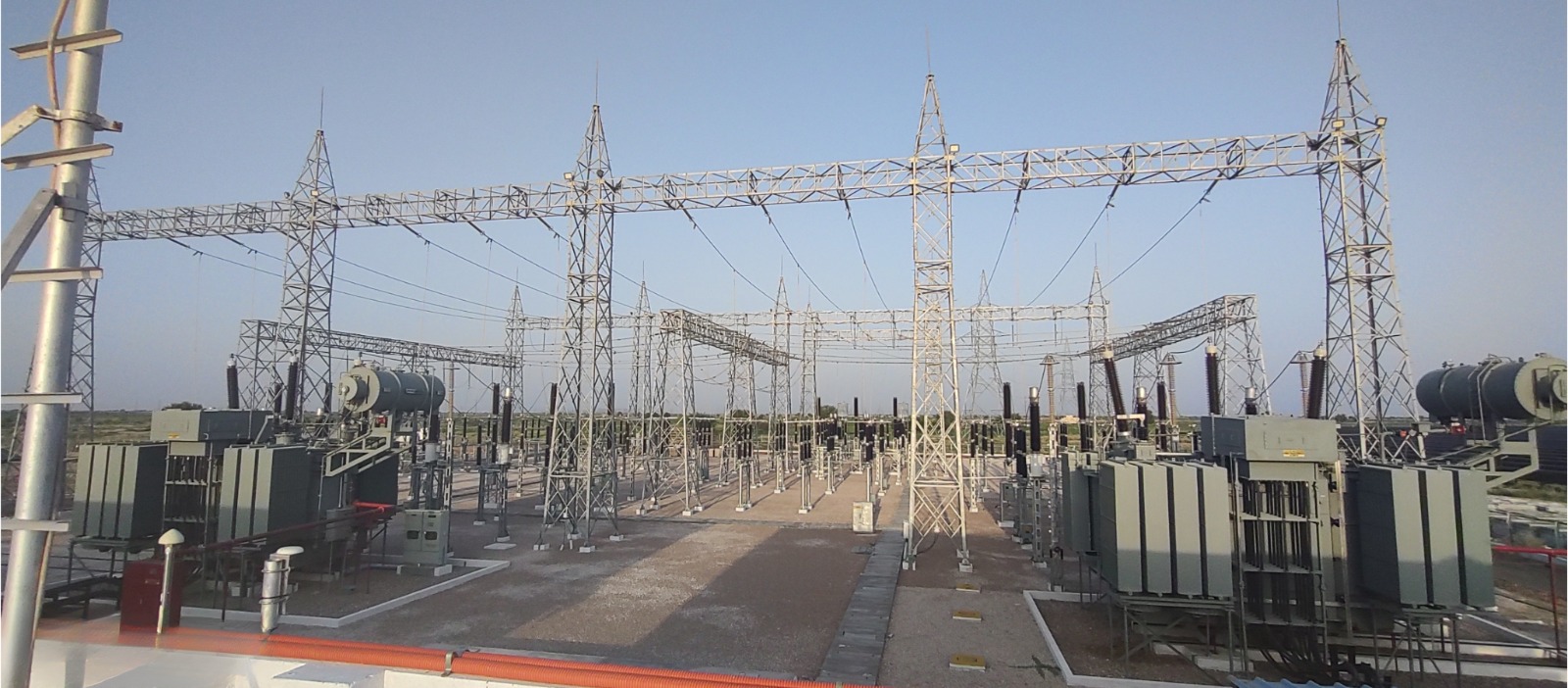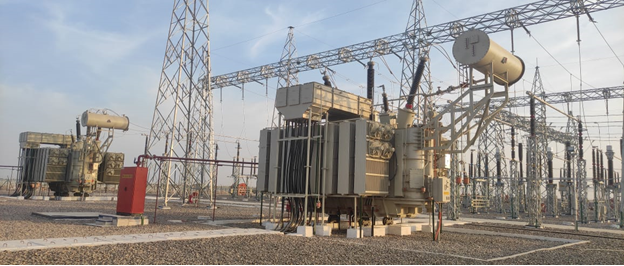India’s economic aspirations are soaring. From its burgeoning manufacturing sector and ambitious infrastructure projects to its rapidly expanding digital economy and agricultural advancements, the nation is brimming with potential. However, the engine that powers this multifaceted growth – the electricity grid – often remains an unsung hero, its critical importance sometimes overshadowed by the allure of generation capacity. To truly accelerate progress across all sectors, India’s core investment must be in fortifying its power grid infrastructure.
The need for a robust grid is paramount. As India aggressively pursues its renewable energy targets, aiming for a significant share of its power mix from solar and other renewables, the existing grid faces unprecedented challenges. Unlike traditional thermal power, renewable energy generation is inherently variable and geographically dispersed. Without a modern, interconnected, and intelligent grid, effectively harnessing this clean energy potential becomes a significant hurdle. Imagine the vast solar farms of Rajasthan unable to efficiently transmit their power to the industrial hubs of Maharashtra, or the coastal wind energy of Tamil Nadu struggling to reach homes in Uttar Pradesh. A weak grid acts as a bottleneck, hindering the very sectors poised to drive India’s future.
Investing in the grid is not merely about laying more transmission lines. It demands a holistic approach encompassing several key pillars: modernization, expansion, intelligence, and resilience.

Modernization is crucial to handle the influx of intermittent renewable power. This involves upgrading existing substations with advanced equipment, deploying high-capacity transmission lines capable of carrying large volumes of electricity over long distances with minimal losses, and integrating technologies like High Voltage Direct Current (HVDC) for efficient bulk power transfer. Furthermore, modernizing the distribution network is vital to reduce transmission and distribution (T&D) losses, which remain a significant concern in many parts of India. Smart meters, advanced fault detection systems, and automated grid management tools are essential components of this modernization drive.
Expansion of the grid infrastructure is equally vital to connect new generation sources, particularly in remote renewable energy-rich regions, with demand centers. This requires strategic planning and execution of greenfield transmission and distribution projects, ensuring that the infrastructure keeps pace with the ambitious growth targets across various sectors. The development of inter-regional transmission corridors is particularly important to facilitate seamless power exchange between states, enhancing grid stability and optimizing the utilization of diverse energy resources.
Elevation of the grid’s intelligence is the cornerstone of a future-ready power system. This necessitates the deployment of smart grid technologies, including advanced sensors, communication networks, and sophisticated software platforms. These technologies enable real-time monitoring of grid conditions, dynamic load management, predictive maintenance, and seamless integration of distributed generation sources like rooftop solar. Artificial Intelligence (AI) and Machine Learning (ML) can play a transformative role in optimizing grid operations, predicting potential faults, and enhancing overall efficiency. A smarter grid empowers utilities to respond proactively to fluctuations in demand and supply, ensuring grid stability and minimizing disruptions.
Finally, effective management of the grid infrastructure is paramount for its long-term sustainability and reliability. This includes establishing robust regulatory frameworks that incentivize grid modernization and expansion, fostering efficient grid operation and maintenance practices, and promoting skilled workforce development within the power transmission and distribution sectors. Furthermore, ensuring cybersecurity of the grid is increasingly critical in an interconnected digital world. Robust management also involves fostering greater coordination between generation companies, transmission utilities, and distribution companies to ensure seamless power flow and efficient grid utilization.
The benefits of a robust power grid ripple across all sectors of the Indian economy. For manufacturing, a reliable and affordable power supply is fundamental to increasing productivity, reducing costs, and attracting investments. A modern grid can ensure consistent power, minimizing disruptions and enabling industries to operate at their full potential. In the agriculture sector, a stable power supply is crucial for irrigation, cold storage, and food processing, contributing to increased yields and reduced post-harvest losses. The burgeoning IT and services sector relies heavily on uninterrupted power for its operations and data centers. A resilient grid ensures business continuity and supports the growth of the digital economy. Even for households, a reliable power supply improves quality of life, enables access to education and healthcare, and fuels economic opportunities at the grassroots level.
Investing in the power grid is not just an energy sector imperative; it is a foundational investment for India’s overall economic and social progress. It is the backbone upon which all other sectors can thrive. By prioritizing the modernization, expansion, intelligence, and effective management of its power grid infrastructure, India can unlock its full potential, accelerate growth across all fronts, and ensure a sustainable and prosperous future for all its citizens. The time to truly empower India is to empower its power grid.
About Hartek Group:
Hartek Group has been a driving force in transforming India’s Energy sector, pioneering EPC solutions since 1991, leading the charge in Power Systems, Renewable Energy, and delivering advanced Power Distribution Products.
As a pioneer in India’s transition to renewable energy, we have connected over 10 GW of solar power to the national grid, significantly contributing to the reduction of 300 million tonnes of carbon emissions. In addition, we have successfully installed 200 MW of rooftop solar capacity across the country, offering turnkey solutions that cover everything from site assessment to project commissioning.
Driven by a commitment to creating smart cities and intelligent infrastructure, we stand true to our purpose of ‘Making your Future Powerful by building a brighter today.





